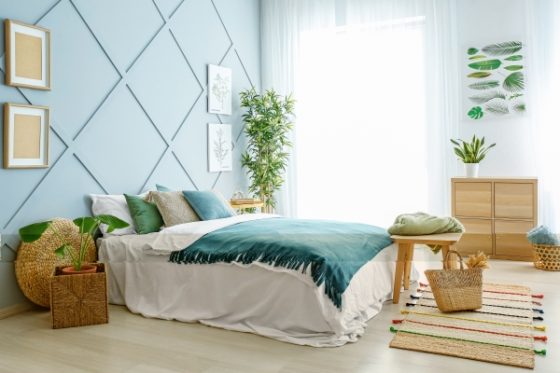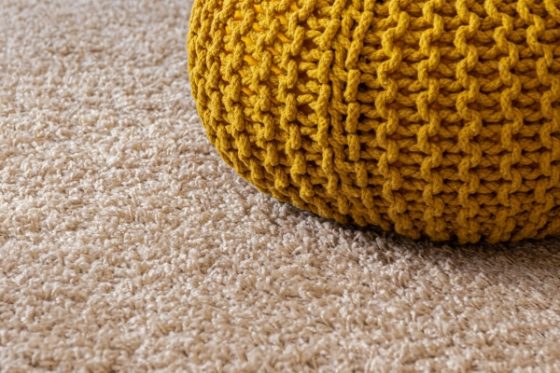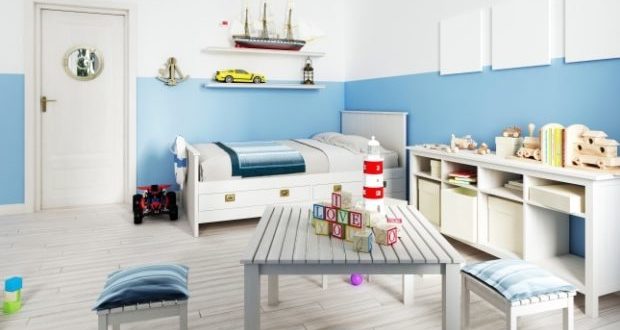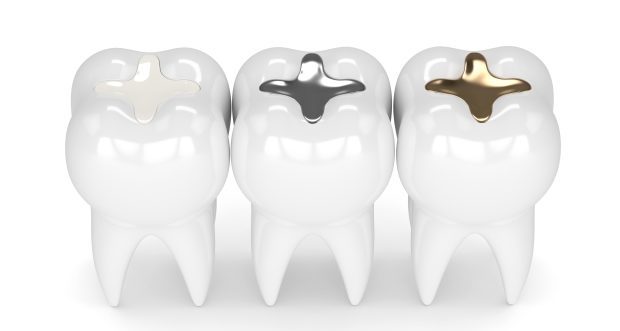Are you on a mission to create a home that promotes wellness? The right sustainable home upgrades will help you create a happier household. But, knowing where to begin may be difficult, so here are a couple of ideas to get you started.
1. More Natural Light
Building occupants are usually most dissatisfied with the lighting in their homes. Their homes are either blasted by harsh fluorescents or dark as a tomb, and neither scenario is particularly healthy.
To combat these problems, you should utilize natural lighting as much as possible. And, when you have to use artificial light, you can use timers, dimmers, task lighting, and other designers’ tricks. These techniques will make the occupants happier, and more productive, as well as help save energy.
It’s best to focus on lighting design that matches our circadian rhythm. For instance, blue-enriched bulbs mimic daylight. During the daytime, you can use such bulbs in areas of your home where natural light won’t reach.
Of course, installing more windows is the best way to improve natural lighting and get that much-needed vitamin D, but it is also the most expensive.
Replacing your window treatments with bamboo or woven wood shades is a simpler solution. On top of allowing for more natural light to come in, they are eco-friendly and easy to clean.
You can double the amount of sunlight in a room by adding mirrors to a wall. One strategically positioned mirror can transform your room completely.
Dark colors absorb light, but light colors reflect it. You can paint the walls in your house white, light tan, or light gray to make them bounce light around. And, while we are on the subject of painting…
2. Paint With VOC-Free Paint
Painting interior walls is a challenge anyone can rise to, so it’s worth considering putting it on your to-do list.
Conventional paints often contain a lot of nasty stuff, such as chemical solvents and VOCs (volatile organic compounds). Even after your brush dries, they can linger around for up to 5 years.
Aside from the potential adverse effects they can have on your health, the process of manufacturing such paints can also be harmful.
It’s best to paint with plant-based paints with natural solvents or plant-based, water-borne paints. Some of the best brands you can go with include Aglaia, Auro, Biofa, and earthBorn.
Finding the right paint for your walls can be difficult, but by doing some research and making an effort to choose the right paint, you will make sure the air quality in your home is protected.
3. Lessen The Laundry Load
The less laundry you do, the better it is for the environment. In a typical household, washing laundry accounts for 15% to 40% of the total water consumption.
Moreover, a typical electric clothes dryer uses as much energy as a new energy-efficient dishwasher, fridge, and washing machine combined.
When the weather allows it, dry your clothes outside. When it doesn’t, you can use a heated towel rack or simply a radiator instead of an electric dryer.
Since the average heated towel rack doesn’t use more electricity than a few light bulbs, it can help you save energy. On top of that, by using a heated towel rack to dry your towels, you will keep them free of mold and mildew.
You can save up to 7,000 gallons of water a year by switching to a front-loading, Energy Star-rated washing machine. Such washing machines are more expensive, but if you get one, you can rest assured it will pay itself off.
A lot of energy is wasted on heating water, so opt for cold-water washing when you can. By using cold-water detergents, you’ll be able to wash everything in cold water successfully.
4. Green Your Cleaning Routine
Many of us use strong cleaning chemicals because we consider them to be the best solution for eliminating germs and dirt, but we don’t stop to think about what they are doing to our health and the environment.
Many all-natural household cleaning products can deliver the same clean without compromising your health. Such cleaners are biodegradable, non-toxic, and do not contain petroleum.
Baking soda and white vinegar are also great alternatives to chemical cleaners. They may not be as convenient, but they are cheap, and you can use them to clean almost anything, including your bathroom and kitchen.
5. Add Non-Toxic Carpeting
Your home probably lacks important insulation if you have old carpeting or hardwood floors. Improving your flooring can make your home more eco-friendly, and it’s something many of us overlook.
The right kind of carpet will regulate the temperature of the room and act as a sound dampener. You’ll save more energy and lower your utility bills by adding this extra layer of insulation.
It’s best to choose carpets that are labeled as non-toxic and all-natural. Fume-laden glue and harmful chemicals are often used in traditionally manufactured carpeting. Carpets made from natural fibers are safe for your health and the environment as they don’t emit chemical fumes.
Finally, these home upgrades tips will not only improve your health but also the aesthetics of your home. Here’s how you can improve the front porch lighting in your home.









